Cornell research team shed light on electron cooling through the first known direct measurements of hot electrons cooling down in graphene.
NanoString Completes Issuance of $15.3 Million Series E Preferred Stock
Proceeds will be used to support the expansion of NanoString’s existing life sciences business and its first commercial launch in molecular diagnostics.
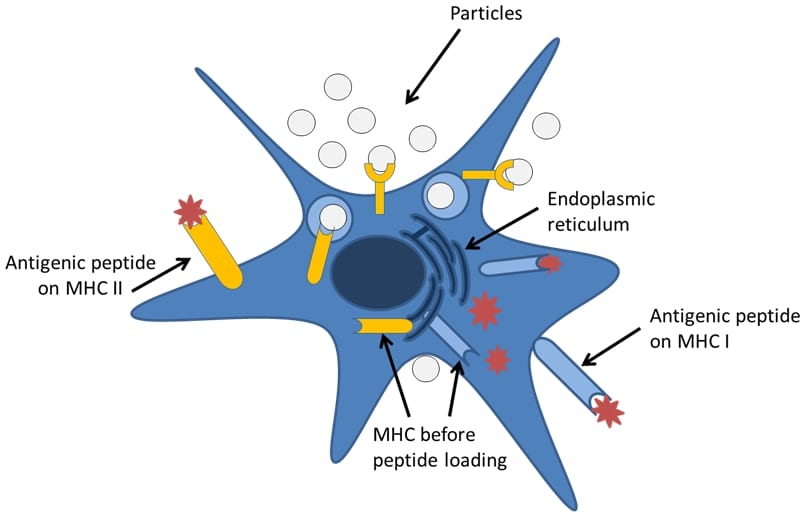
Polymeric nanoparticles for next generation vaccines
Polymer nano- and microparticles can be used to develop new vaccines for disorders such as cancer and HIV.
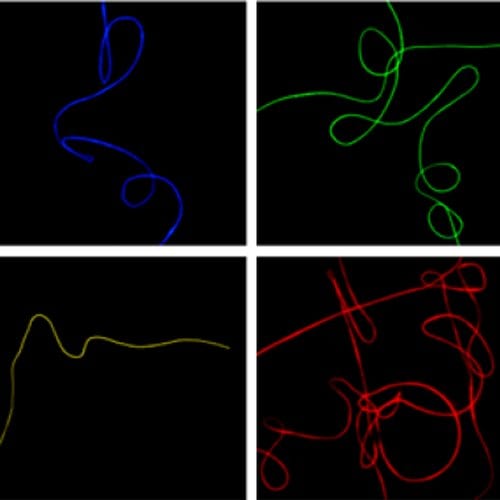
Electrospun Light-Emitting Nanofibers: From Lab-On-A-Chip Devices to Optical Sensors
Italian researchers review the properties of electrospun light-emitting nanofibers.
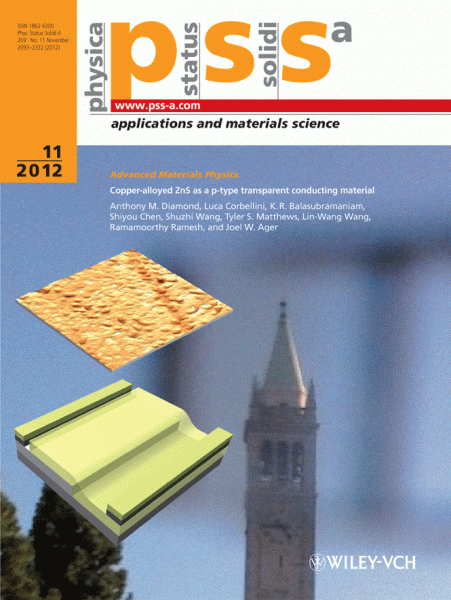
Advanced Materials Physics: A transparent view at UC Berkeley
Researchers have developed a transparent diode with copper-alloyed zinc sulfide as p-type conducting material.
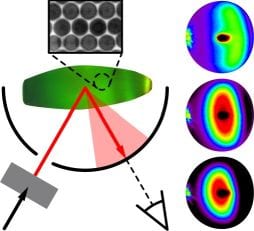
Seeing the Light? Making Sense of Disorder in Polymer Opals
A new hyperspectral goniometry technique, to measure 3D angular scattering of light, shows scattering from polymer opals is anisotropic.

Naturally occurring fungus nanoparticles have potential for cancer therapy
Naturally occurring bioactive nanoparticles derived from a carnivorous fungus could have potential for application in cancer therapy.
Researchers suggest using thin films to protect historic limestone buildings
Buildings and statues constructed of limestone can be protected from pollution by applying a thin, single layer of a water-resistant coating.

Nanotube Arrays Produce High-Resolution Holograms
Carbon nanotube arrays have been used to produce high-resolution holograms with high contrast and large field of view.
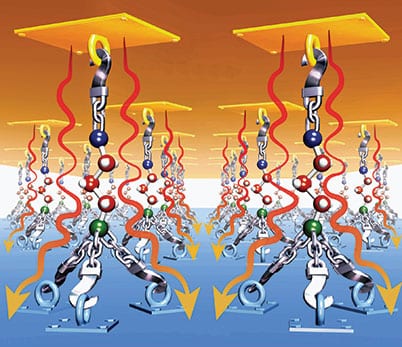
Boosting Heat Transfer With Nanoglue
Study From Rensselaer Polytechnic Institute demonstrates new method for significantly increasing heat transfer rate Across two different materials.










